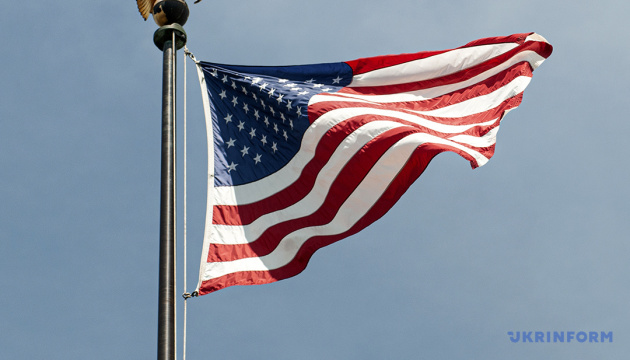
The United States is balking at a European Union-led plan for Group of Seven nations to expand the use of frozen Russian assets to support Ukraine.
That is according to Bloomberg, citing people familiar with the discussions, Ukrinform reports.
According to the sources, U.S. officials informed their European counterparts that they will not, for now, be joining the initiative during conversations on the sidelines of the International Monetary Fund meeting in Washington last week. The U.S. cited risks to market stability as the reason for its reluctance, one of the people said. Another said the U.S. simply was non-committal at this stage.
The move marks a setback for the EU, which has been trying to get the rest of the G7 to join its plan to use the frozen central-bank assets as security to raise loans of as much as EUR 140 billion ($160 billion) for Ukraine. The European Commission is preparing a detailed design of the mechanism but will not publish it before EU leaders give their approval, potentially at a summit in Brussels later this week, Bloomberg reported.
European officials voiced frustration at the U.S. backing away from the plan at a point where they are already moving ahead, since the Trump administration has been urging the EU to make greater use of the Russian funds. While the amount of assets held in the U.S. is minimal, U.S. backing for the EU plan would have been a positive signal to other countries, the report said.
Washington’s hesitation — and its concerns about market stability — are likely to embolden doubters within the EU, including Belgium, where the bulk of the assets are held. The Belgians have warned that any extended use of the assets could trigger lawsuits exposing governments to massive liabilities, destabilize the credibility of Europe’s financial hub and even weaken the euro.
The European Central Bank has previously voiced similar concerns. On Sunday, President Christine Lagarde endorsed the idea of using the assets as collateral, but underlined that it would be better if all the countries holding those assets acted together.
Most of the EUR 280 billion of frozen Russian assets are held in Europe, mostly at Belgium’s Euroclear. While the interest income of those assets is already being channeled to Kyiv, the EU is now exploring loans backed by the frozen holdings as a way to release significant new funding. But that is a legally and financially complex structure designed to avoid outright confiscation, and it could invite legal challenges from Moscow.
Within the G7, the UK and Canada are supporting Europe’s initiative, while Japan is seen siding with the U.S. in taking a more cautious approach.
The EU earlier proposed using part of the Russian assets that would fund Ukraine’s reparations loan to purchase weapons from the United States.
You can buy Ukrinform photos here.


